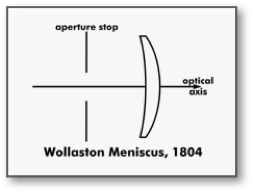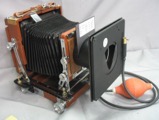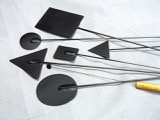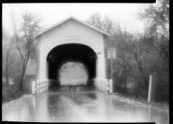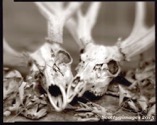

Timeless, classic equipment used in traditional photography is re-invented using simple ideas and materials. Here you will find soft focus lenses as originally designed by William Wollaston (England, ca,1804-1812) which were the precursors to Petzval and Landscape lenses. Pneumatic shutters, custom lensboards and lens mounting, darkroom aids and unique products to support the historical wet-plate and traditional silver based photographer are also found here.
Many of the items being offered could be created by a careful craftsman. Unfortunately, the easy availability of tools, materials, and time make it more practical for many to purchase the finished product instead. Some folks enjoy tinkering and exploring photography using random lenses, while others prefer to work with more historical optics. I have chosen to keep on the path trodden by those who have given us a rich history of photographic optics and devices. Not much experimentation here, just a bit of re-invention of the old ways...
...Reinhold Schable. Washougal, Washington


Shutters
Darkroom
DIY projects
.....bottom.....
Guest Gallery
Galleries
There is nothing new here, it has all been invented long ago...
Je ne cherche pas. Je trouve. I do not seek. I find, ...Pablo Picasso

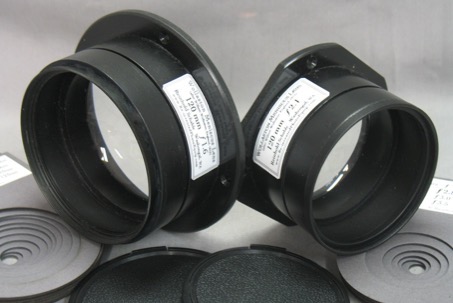
A single meniscus lens, convex side to the film, and an aperture stop in front of the lens was originally called a “Wollaston landscape Lens” and is probably the simplest and oldest of the soft focus lenses. These are historically true pictorial lenses creating very soft, luminous images, while concealing fine details. They preserve the contour of the image and have adequate sharpness, while at the same time having low contrast. The picture is characterized by the spherical and chromatic (color) aberrations of the uncorrected positive meniscus lens. For black and white photography chromatic aberrations can be controlled to some extent with color filters.
The aperture stop modifies the aberrations, depending on aperture size and location. An aperture stop on the concave side of the lens blocks the mis-focusing incoming light rays, creating sharper, more detailed images with progressively smaller openings.
Invented by William Wollaston (England, ca. 1804-1812) this meniscus lens arrangement has been used in millions of simple cameras dating back to the original 1888 box-shaped Kodak, and offered surprisingly decent sharpness for small snapshot prints. When used with large format photography, these simple historic instruments create images that are timeless in their soft, warm, loving appeal.

There is nothing new here,
it has all been invented long ago...
Je ne cherche pas. Je trouve.
I do not seek. I find, ...Pablo Picasso
